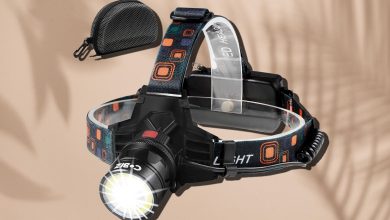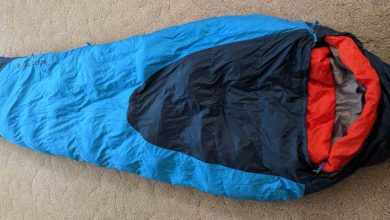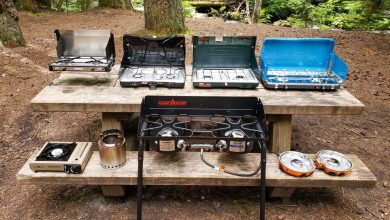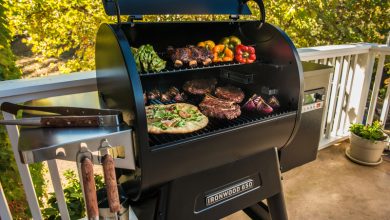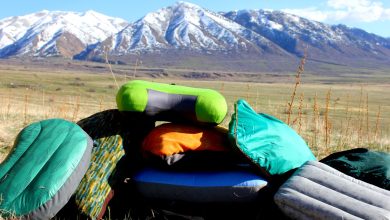What Is Dispersed Camping – Everything You Need To Know
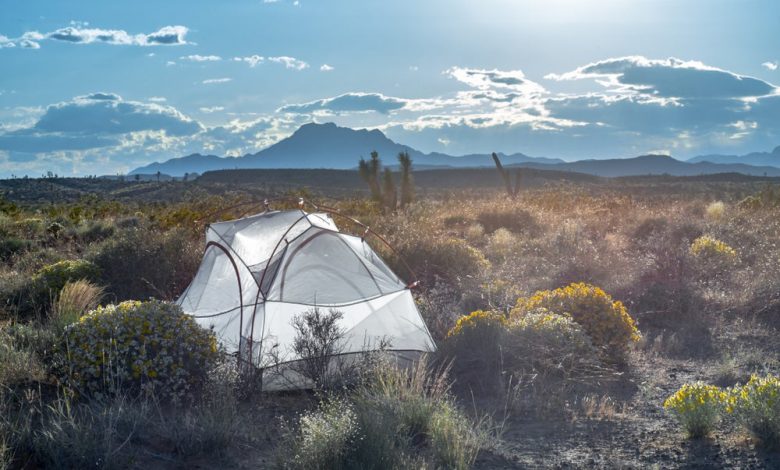
Camping has always been a highly esteemed activity that many of us like to do with our peers and friends as a way to let off steam and enjoy ourselves. It is no surprise that more and more people are going outside and camping. Designated campgrounds are a sure way to provide someone with a wonderful experience of camping. However, more people want to take it up in a more primitive way. They take a rather solitary approach to the entire experience. Dispersed camping is one such way to provide you with the same. This is why platforms like IBC7 Outdoors are growing in popularity among camping enthusiasts scouring for knowledge.
What Is Dispersed Camping?
Following the way of dispersed camping essentially means that one rids himself of all the luxuries he is presented with on the free camping ground in their state and takes a rather distinct approach to relish the entire experience of camping. Dispersed camping, also known as wild camping, is about appreciating the beautiful sceneries of nature and turning to camp and fend for yourself in the area that is not a designated campsite. It takes place on any outer territory of a campground or a recreational facility. This can either mean driving your RV up to a forest and putting up a camp or loading a bag and going to trek in the mountains, thus finding a flat spot to pitch your tent.
How To Prepare For Dispersed Camping?
While for a regular day of camping, there are specific procedures that everyone has to follow. First and foremost, a lot fewer preparations and legality are required to go on a trip of dispersed camping than that done on the grounds maintained by your government. There are no general guidelines that one has to follow when booking a site for this form of camping. For instance, for a pleasing experience in this activity, one has to make sure that there are reservations available in the state-maintained campsites. Also, pay a hefty amount of fees to reserve the spot for themselves. And lastly stay in regular touch with campgrounds early in the morning to inquire about the availability of their spot. However, these preparations need not be made when attempting your hand at Dispersed Camping.
What Does It Require?
Although dispersed camping does not necessarily require an advanced fee to be paid, it still requires you to pay attention to other aspects. Some of these aspects are focusing on how to pick a good and safe, yet friendly campsite for yourself. A certain level of fluidity is indeed provided to the campers on where to choose a site. But, total recklessness is not appreciated either.
While dispersed camping allows you to experiment, it is essential to exercise a particular sense of safety and well-being in the thought of picking a campsite. Since you aren’t even provided with the basic amenities, such as food, water, toilet, or even fire pits. It is vital to bring everything you need on the journey. The priority of a camper should always be to discover where dispersed coming is allowed. This can be accomplished by a simple call to the nearest ranger. One cannot just assume that a specific area is free of any camping regulations. Even, though they do not require a special permit.
How To Choose A Site?
One must thoroughly go over the sites they have available near their areas to pick a reliable campsite. Your first step is to find a suitable park in which you can camp. For this, one can begin by checking out his local national parks and national forests for such camping sites. This are free of additional regulations and allow individuals to carry out dispersed camping. You can also reach out and contact a governmental body who is in charge of the maintenance of such sites. Such as BLM (bureau of land management) or WLM ( wildlife management areas). Other ways by which one can scour for such places are:
- Google Maps- To find an existing site, filled with trails and ways to gather essentials and also avoid any unnecessary harm to the plants and trees at a new location. One reliable source to turn to is the Google Maps. It is recommended to use this technology, which is also very handy to all. To scour for national forest land, turn on satellite imaging, and begin camping at once.
- Use of a paper map- even though traditional ways of searching and finding places have been considered outdated in the modern era, it is no doubt that the old practice of using a map in the primitive activity such as dispersed camping may bear a positive result in the process. Google Maps cannot show every space if the satellite imaging does not work in the area that you’re choosing to go for. In such times, paper maps do come in handy as they assist you in recognizing various trails, roads, water sources, and obstacles in your way. A paper map can easily be procured from the office of the nearest ranger.
What To Bring On Dispersed Camping?
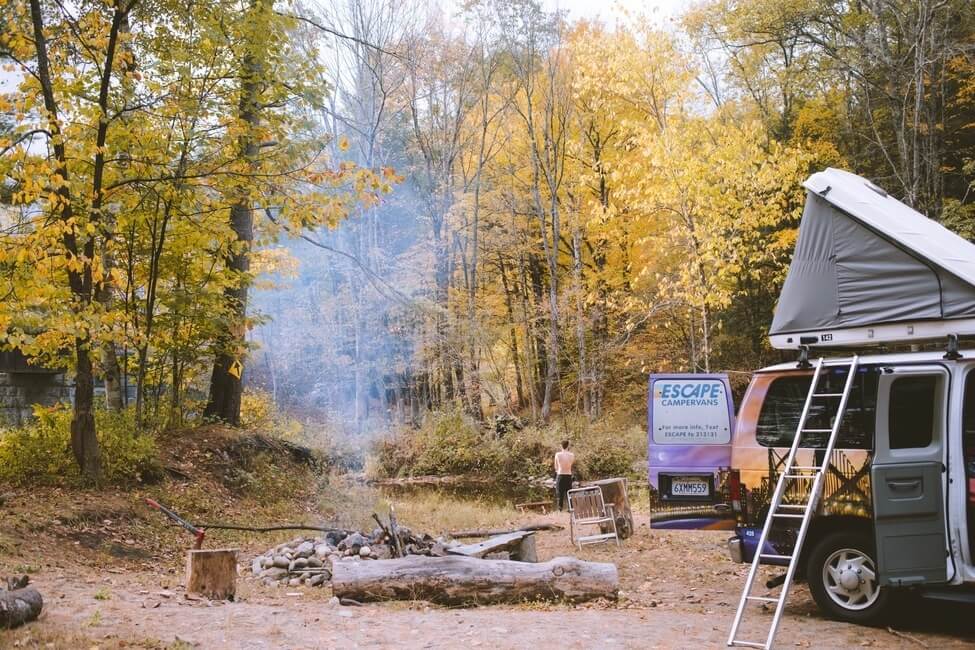
Dispersed camping is certainly not a joke for those who do not know how to handle themselves in the woods. You cannot last your entire camping trip on the limited amount of necessities that you would take with yourself on a regular camping trip. Dispersed camping offers an almost negligible amount of services. So much so, that even searching for a reservoir of fresh-water becomes an impossible task. Hence, it is essential to pack everything that you think you would require on the trip; however, it is also crucial to keep yourself as lightweight as possible when going on a week-long camping trip.
Some of the items that must be noted are as follows.
- Printed maps to avoid an acute case of being lost if you lose signals for cellular devices.
- Food to last the maximum duration of your stay. Even though one can always search for food in the woods, yet it is wise to store with themselves plenty of rations.
- A portable tent, sleeping bags and camping hammock for each individual
- A large container for practical storage of your garbage as camping sites does not provide you with trash cans.
- Sufficient supply of water amounting to at least a gallon per person per day.
- A first aid kit, along with other safety items, such as a whistle, a knife, compass, a flashlight, a headlamp and extra blankets for warmth.
